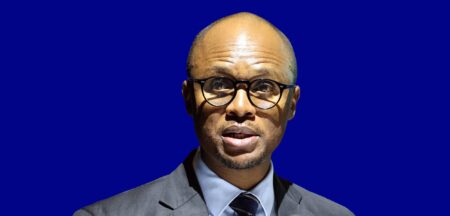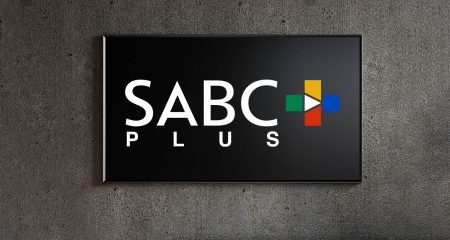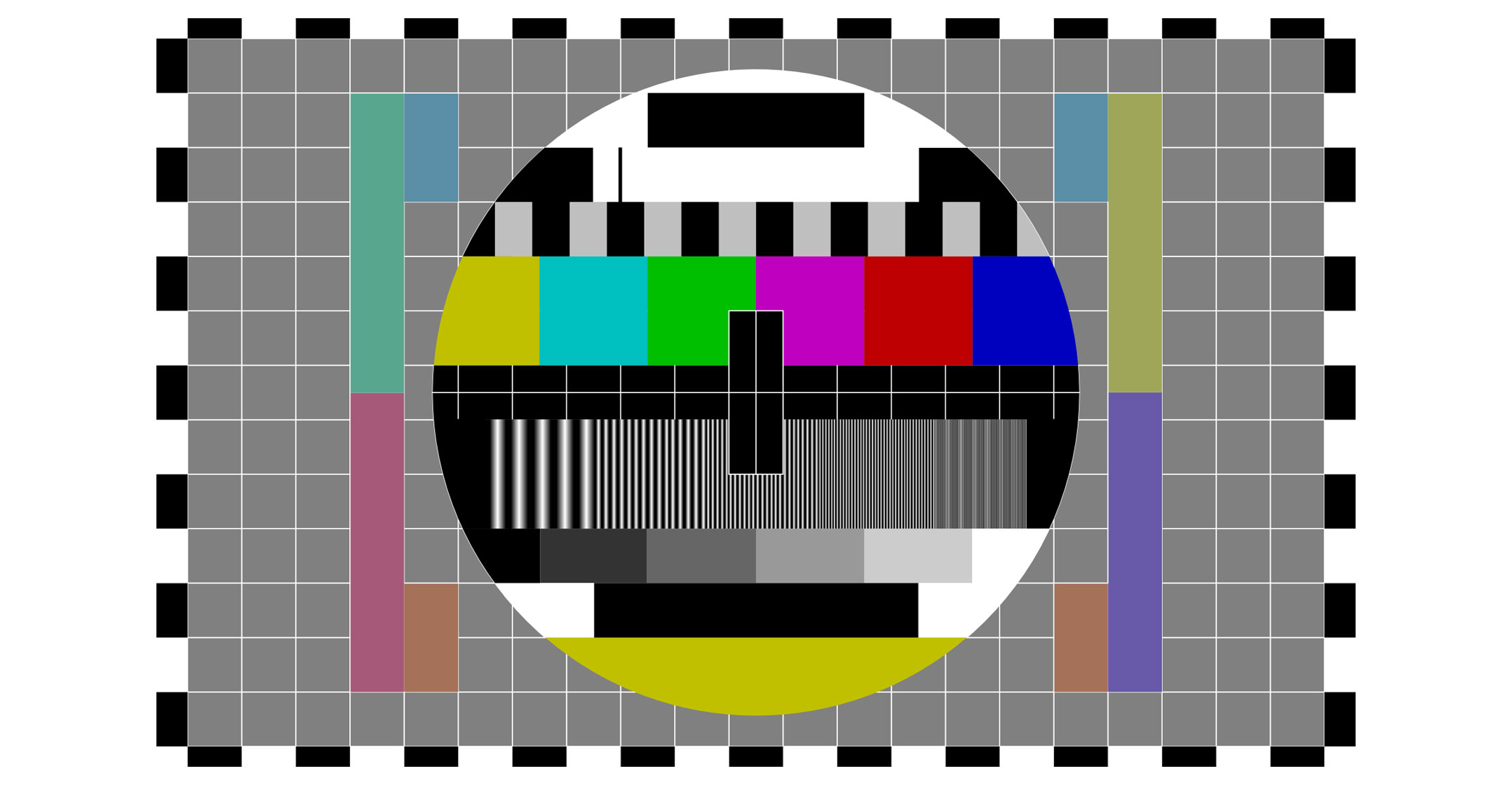 The SABC is a company many South Africans love to hate.
The SABC is a company many South Africans love to hate.
Though it’s required by law, few television-owning households bother to pay their TV licence fees, in some cases in protest over the historical capture of the organisation by politicians, in others because they argue that they simply don’t consume any of its broadcasts, so why should they pay. And indigent households probably struggle to afford the R256/year fee (low as it is).
The dysfunctional public broadcaster has been abused for years by clueless management. Former chief operating officer Hlaudi Motsoeneng is the poster child of this incompetence, and he did immense damage to the SABC during his disastrous tenure. But poor management decisions precede his time there.
It’s those years of damage that the current SABC board and management team — the best the corporation has had in many years — have been left to try and fix. But the chickens have already come home to roost. The corporation is “technically insolvent” and is careening rapidly towards “commercial insolvency”, its group CEO, Madoda Mxakwe, said this week.
The solution? An aggressive cost-cutting programme that could involve jettisoning up to a third of the SABC’s permanent employees and decimating its budget for freelance contributors. It’s going to be a hugely painful process — most of all for the workers who will be let go — but the taxpaying public cannot (and should not) be expected to bail out the organisation, in the process rewarding it for its past mistakes. The jobs axe must fall, and politicians — especially communications minister Nomvula Mokoyane — must allow the process to run its course without undue interference.
Swiftly
And the process must be concluded swiftly. The last thing any company, including the SABC, needs is to drag out a retrenchments programme any longer than necessary. It must wield the axe swiftly and effectively, ensuring it retains the key skills it needs while removing unnecessary management layers and reporting structures.
It’s only when the SABC has been “right-sized” (to use management consulting speak) and restored to profitability that it can turn its attention to the future. And — you might be surprised to hear this — there is enormous potential for the public broadcaster not only to get itself back on surer ground but also to be an innovator in South Africa’s broadcasting sector as the industry moves into the era of digital broadcasts and Internet streaming.
First, though, once the restructuring has been completed, one of the big issues the SABC (and government) is going to have to tackle is the issue of TV licence fees and the refusal of most South Africans to pay them. The culture of non-payment is now deeply ingrained. Reversing it might be an impossible task.
Mxakwe said this week that there are encouraging signs that more people have begun paying the annual fee, but noncompliance remains exceptionally high. Given that the SABC generates only 14% of its revenue from licence fees, it may be time to consider scrapping them. A better idea, though, might be to offer added value to those who do pay, in the process encouraging greater compliance — a bit more carrot, and a lot less stick, if you like.
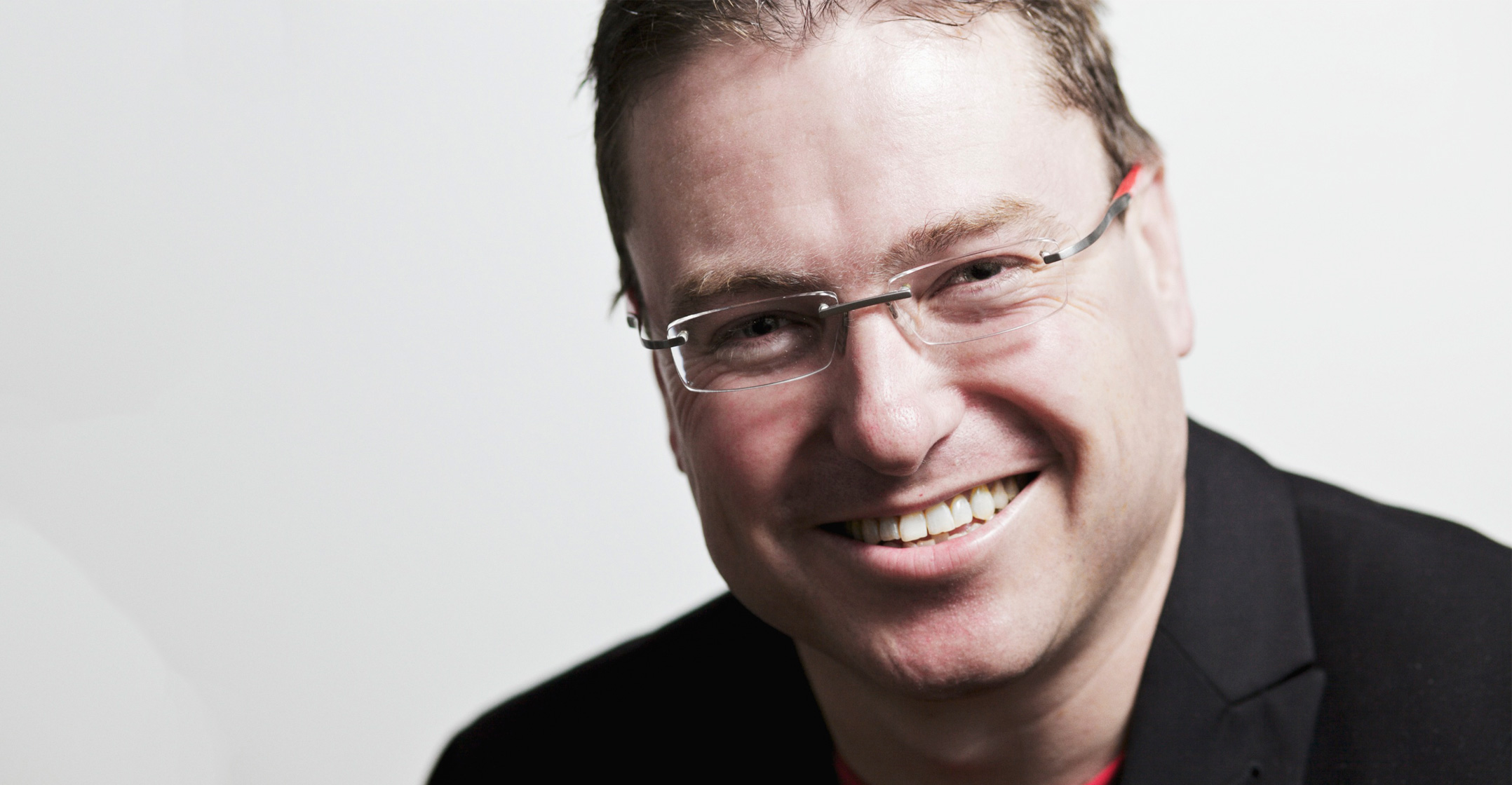
How, you ask? One way is by developing apps (for smartphones, tablets and smart TVs) that offer viewers live streaming of SABC channels and access to the corporation’s vast reservoir of archival content on demand. Today, the SABC publishes much of its own content for free on YouTube. Search for popular soapies like Generations or Uzalo on YouTube and you’ll be amazed at how many views they get — each episode, even ones published just days ago, has hundreds of thousands of views. The demand is there, even with South Africa’s high mobile data costs.
So, how’s this for an idea? Instead of distributing its content free on YouTube, the SABC should distribute its programming, on demand, through its own apps. The catch? You can only watch if you have a valid TV licence and have registered it for in-app viewing. My bet is TV licence compliance will skyrocket overnight and bring in hundreds of millions, if not billions, of rand in extra revenue to the SABC’s coffers every year.
Of course, developing a platform like this is neither easy nor cheap. It requires technical skills to build, and to maintain. That’s why the SABC needs to get its financial house in order first. As the corporation’s chief operating officer, Chris Maroleng, said this week, it can’t afford to do this sort of innovation right now. That’s why addressing the cost base is urgent. The SABC can’t innovate for growth while it’s saddled with unsustainable costs and high debt.
It should also consider selling assets to restore its financial health, provided agreement is reached that the proceeds are reinvested in the SABC, not simply transferred to national treasury (as I understand is typical in the sale of assets by state-owned enterprises). This will need political buy-in (far from guaranteed — the ANC doesn’t seem to see the folly in not selling non-strategic assets like South African Airways and its 40% stake in Telkom). But with a new boss in town in the form of President Cyril Ramaphosa, perhaps it’s not inconceivable.
Does the SABC really need all of its 18 radio stations? What about its property portfolio? Does it really need to own so much land and office space? And what about its gargantuan office tower in Auckland Park? Does it really need all those offices, or could a (large) portion of the tower be leased out to other companies? These are all questions that should be answered as part of a comprehensive review.
Nonsensical
There are other ways the SABC can make money commercially. One of these is convincing the regulator, Icasa, to ditch nonsensical “must-carry” regulations, which allow DStv parent MultiChoice and eMedia Holdings’ free-to-air platform Openview to carry its three national TV channels free of charge. The regulations were meant to ensure that public service channels are available on commercial platforms, but the commercial players have taken advantage of them and benefit handsomely by not having to pay the SABC for carriage. Don’t get me wrong: MultiChoice and Openview shouldn’t be forced to pay the SABC for the channels; all that needs to happen is that the SABC should be free to engage in commercial negotiations with the other broadcasters. I’m willing to bet MultiChoice, at the very least, would be prepared to pay some amount (I don’t know how much) to carry the three SABC public-service channels. Some readers may find this odd, but these are an asset to DStv. So, scrap the must-carry rules and let the channels’ value be determined through commercial negotiation.
Digital migration also offers revenue opportunities, but also plenty of pitfalls. In its current parlous state, the SABC simply shouldn’t be contemplating a raft of new digital channels. But once its cost base has been reduced and it has been returned to profitability, there are opportunities to explore (limited) expansion. A 24-hour education channel would be enormously beneficial to the country and could be subsidised by the department of basic education.
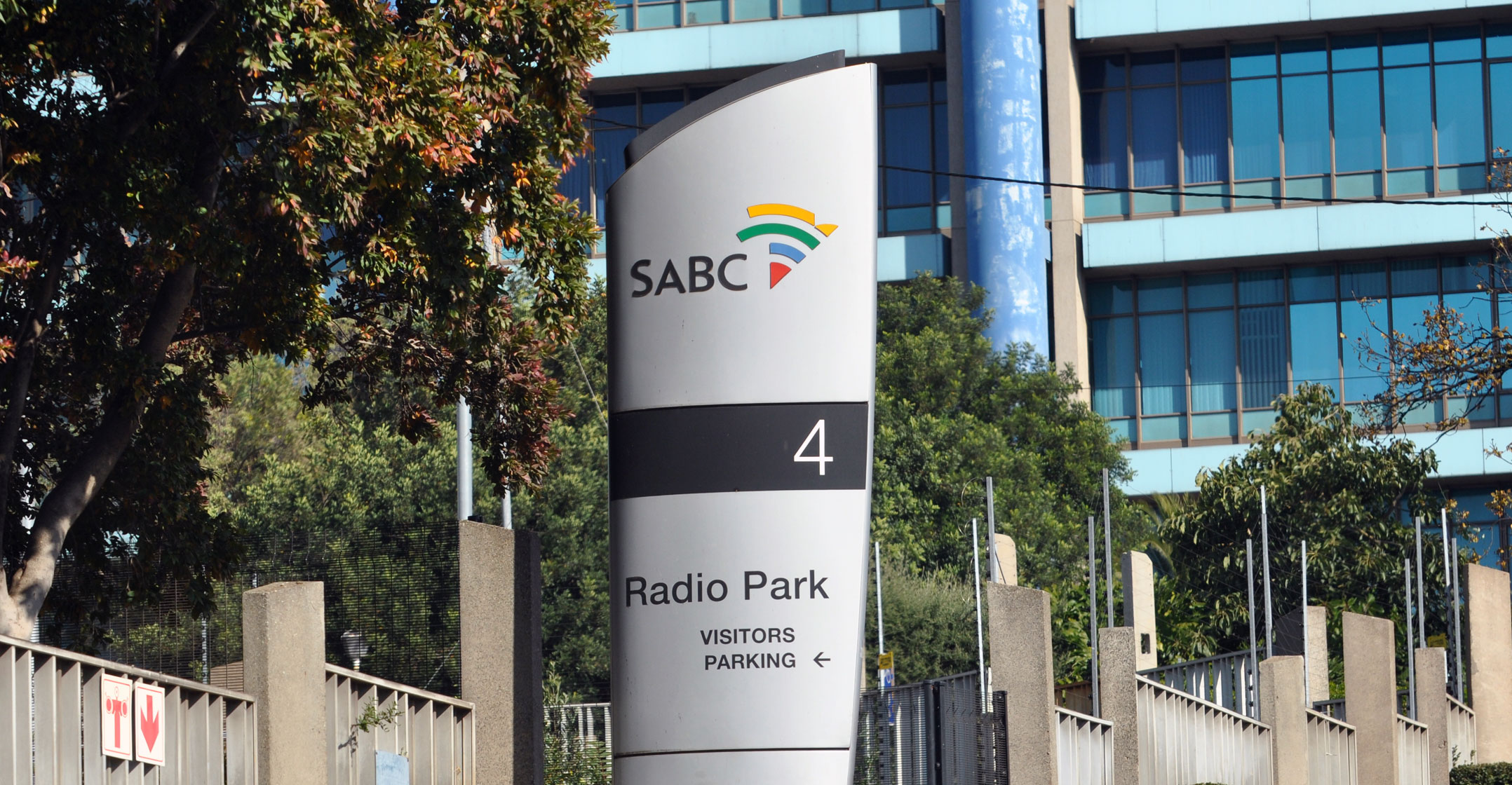 Perhaps it could even launch an international commercial channel locally, funded entirely through advertising. And, if it’s commercially feasible, it should consider launching its 24-hour news channel (which has improved markedly since launch) on the digital terrestrial platform. What it should not do is attempt to launch a dozen new channels simply because it has the radio frequency spectrum available to it post migration.
Perhaps it could even launch an international commercial channel locally, funded entirely through advertising. And, if it’s commercially feasible, it should consider launching its 24-hour news channel (which has improved markedly since launch) on the digital terrestrial platform. What it should not do is attempt to launch a dozen new channels simply because it has the radio frequency spectrum available to it post migration.
There are big opportunities, I believe, not only to steer the SABC from the rocks it’s on the verge of becoming shipwrecked on, but also to innovate, find new revenue models and become genuinely sustainable. The current board and CEO are the strongest the public broadcaster has had in at least 15 years. They should be left to get on with the job of repairing the damage caused by Motsoeneng and those who came before him. That means the politicians need to give them space to do what needs to be done. It’s political interference, after all, that got the SABC into the mess it’s in. — © 2018 NewsCentral Media
- Duncan McLeod is editor of TechCentral


